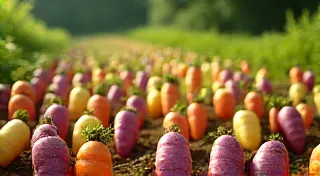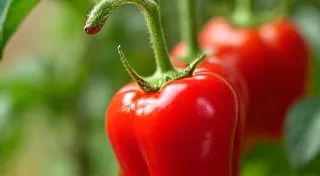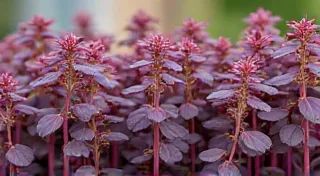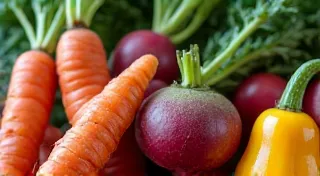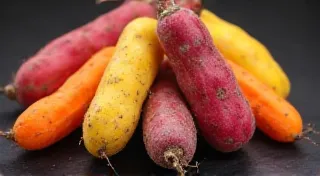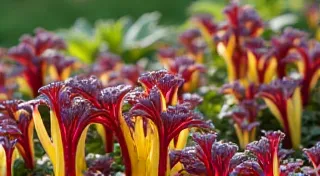Rainbow Chard: A Kaleidoscope of Colors in Your Garden
Beyond the standard spinach and kale, lies a vegetable that’s as much a work of art as it is a delicious addition to your meals: Rainbow Chard. This isn’t just about food; it's about bringing a burst of visual interest and a touch of the extraordinary to your vegetable garden. The vibrant mix of stems – ranging from ruby red and sunshine yellow to rosy pink and vibrant orange – makes Rainbow Chard a true standout. Let's dive into how to cultivate this stunning vegetable.
What is Rainbow Chard?
Rainbow Chard (
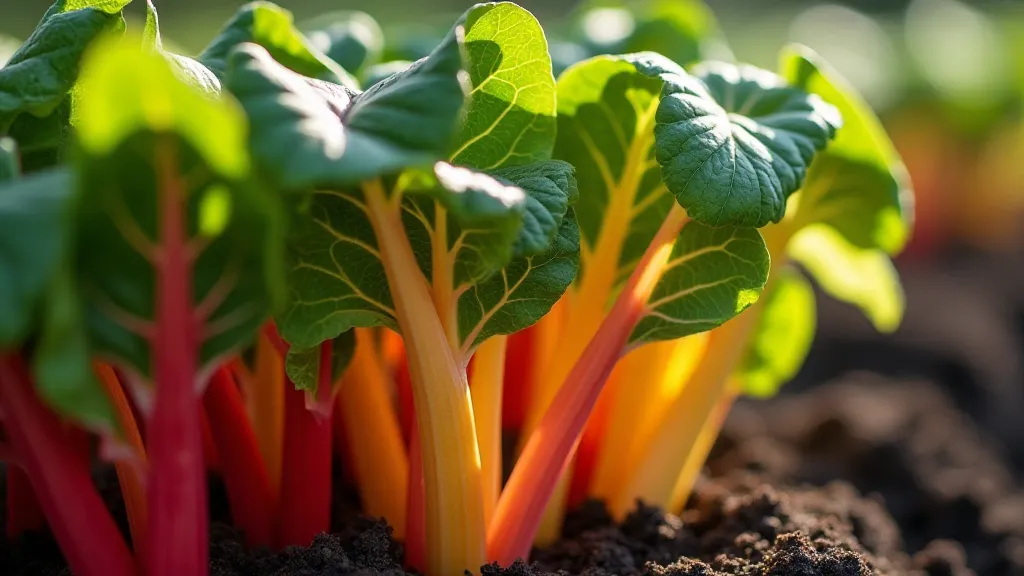
Getting Started: Planting Rainbow Chard
Rainbow Chard is remarkably easy to grow and quite forgiving, making it perfect for beginner gardeners. Here's what you need to know:
Caring for Your Rainbow Chard
Once your Rainbow Chard is established, it requires minimal care. The beauty of a diverse vegetable garden extends beyond just visual appeal; it promotes healthier plants, reduces the risk of pest infestations, and increases overall yields. Consider pairing your rainbow chard with other colorful and interesting varieties like red bell peppers for an even more captivating display.
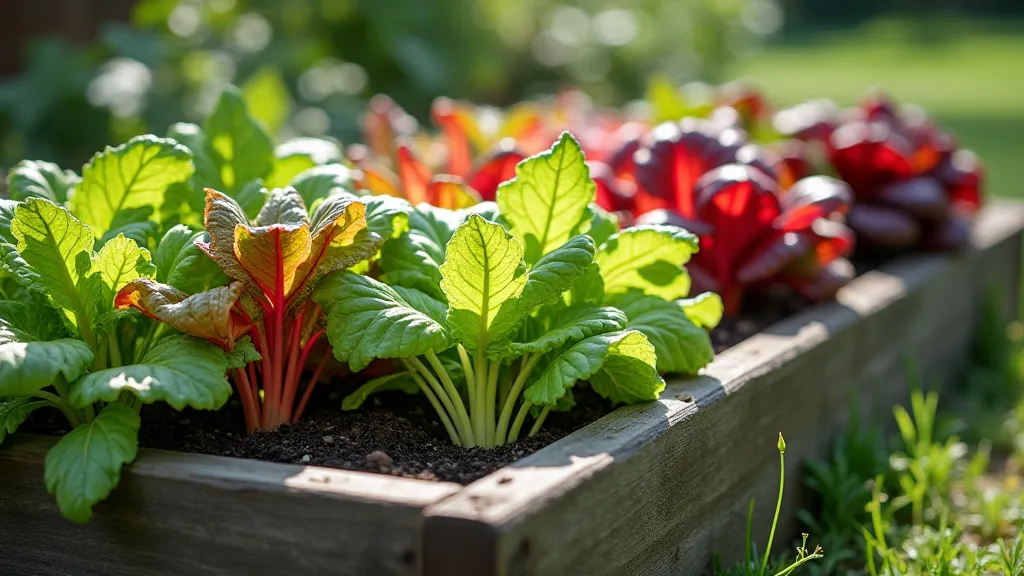
Harvesting the Beauty and Flavor
You can begin harvesting Rainbow Chard leaves when they are about 6-8 inches tall. Start by harvesting the outer leaves, leaving the inner leaves to continue growing. Regular harvesting encourages continued production. The stems are also edible and delicious when cooked – just be sure to cook them a bit longer than the leaves, as they are tougher. The versatility of chard, and many other vegetables, is remarkable. If you're looking to add even more visual interest and a touch of the unexpected to your garden, consider exploring varieties like striped tomatoes – the unique colors and patterns will truly elevate your garden's aesthetic.
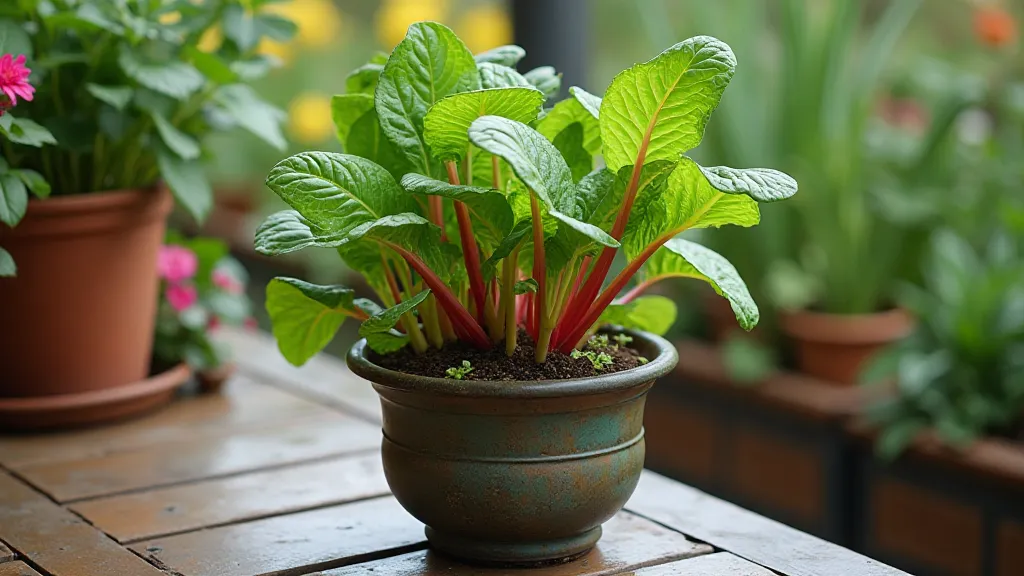
Rainbow Chard in Garden Design
Beyond its deliciousness, Rainbow Chard is a fantastic addition to any garden design. Its striking colors and vertical growth habit make it a beautiful focal point. Consider planting it in containers, raised beds, or along borders to add a pop of color to your landscape. It pairs well with other colorful vegetables like purple carrots, yellow tomatoes, and red peppers, creating a truly stunning and productive garden. It's also lovely when used as an edible ornamental, showcasing its beauty even when not harvested. Creating a visually appealing garden isn't just about aesthetics; it's about creating a space that inspires and brings joy. Think about incorporating other visually striking crops, like purple cauliflower, to amplify the visual impact of your garden.
Troubleshooting Common Issues
While Rainbow Chard is generally easy to grow, there are a few common issues that gardeners may encounter. Understanding these problems and knowing how to address them can help ensure a bountiful harvest.
- Nutrient Deficiencies: Pale or yellowing leaves can indicate a lack of nutrients. A balanced fertilizer can usually remedy this.
- Bolting: Rapid growth and flowering (bolting) can occur in hot weather. While harvesting the leaves before bolting is recommended, choosing heat-tolerant varieties can help delay this process.
- Leaf Spot Diseases: These can be caused by fungal or bacterial infections. Ensure good airflow and avoid overhead watering to help prevent these issues.
Extending the Harvest: Succession Planting
To enjoy Rainbow Chard throughout the growing season, consider succession planting. Sow seeds every few weeks to ensure a continuous supply of fresh leaves.
Enjoying Your Harvest
Rainbow Chard can be used in a variety of dishes, from salads and stir-fries to soups and stews. The stems and leaves can be cooked separately, as the stems require longer cooking times. Don't be afraid to experiment – its mild flavor pairs well with a wide range of seasonings and ingredients. Bring the vibrancy of your garden to your table with this beautiful and delicious vegetable! And when planning your next garden layout, remember that thoughtful pairings can lead to not just a beautiful, but also a highly productive space. Imagine combining the visual pop of your Rainbow Chard with the unique beauty of blue potatoes – a truly unforgettable garden display!
